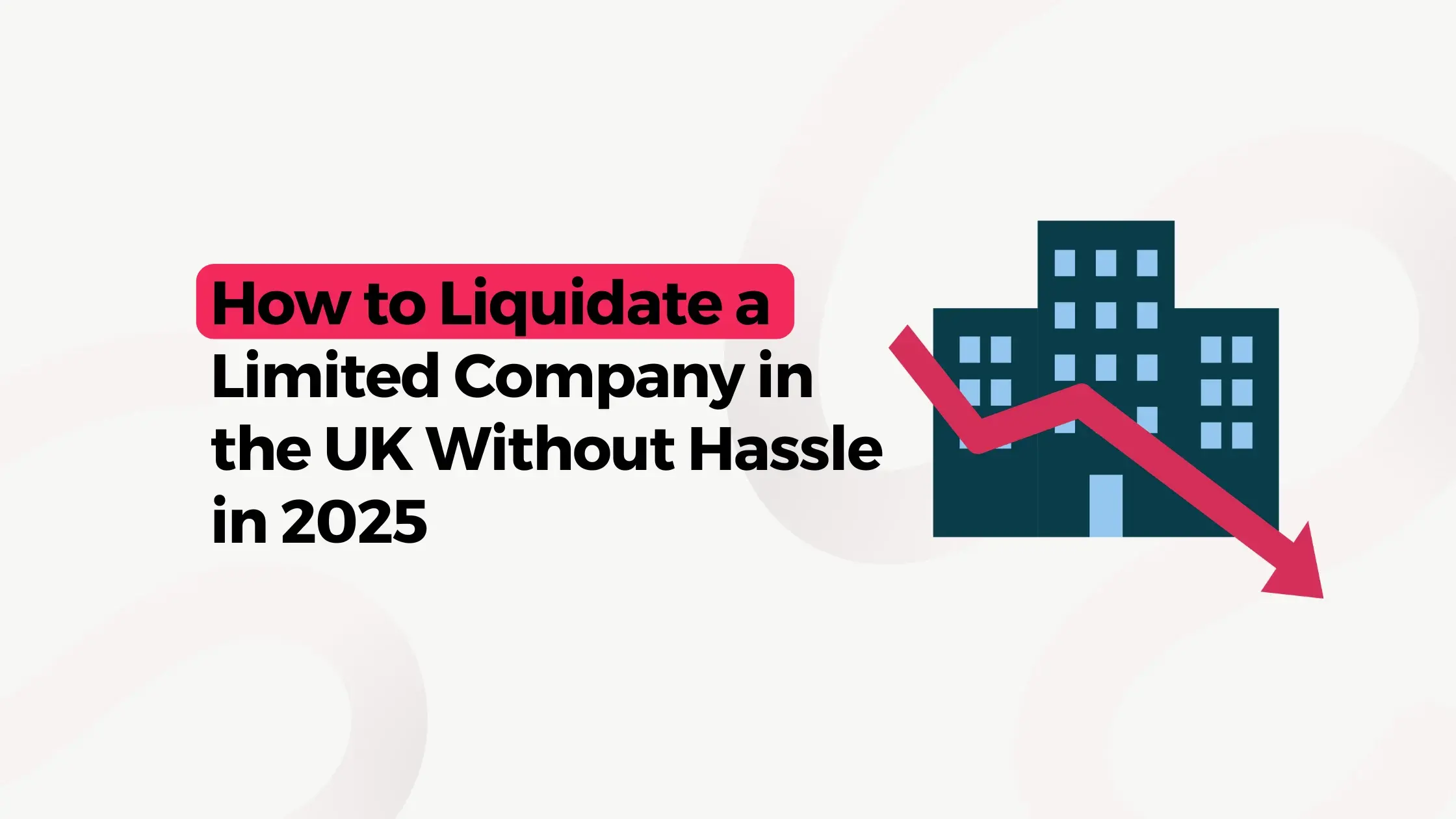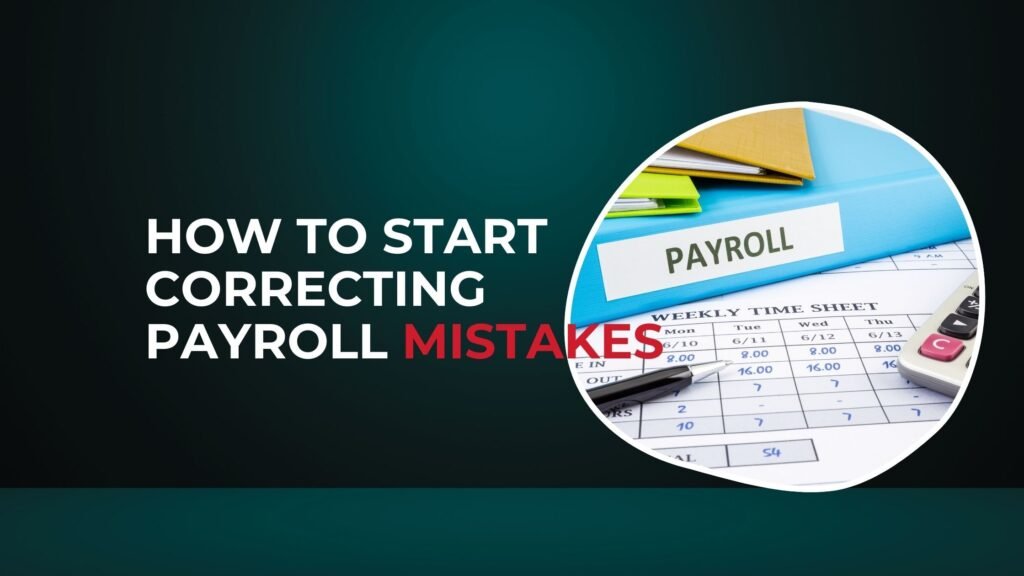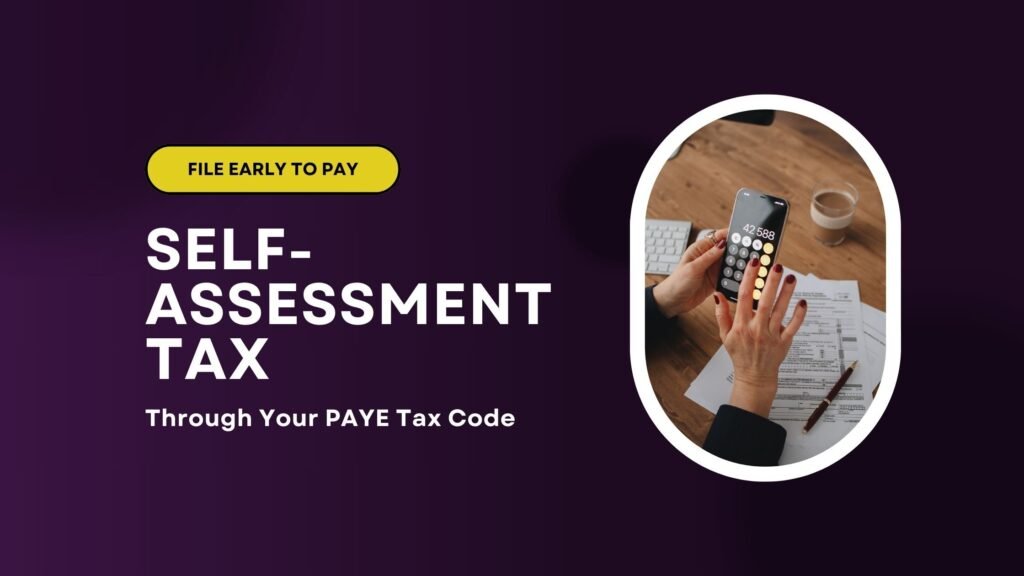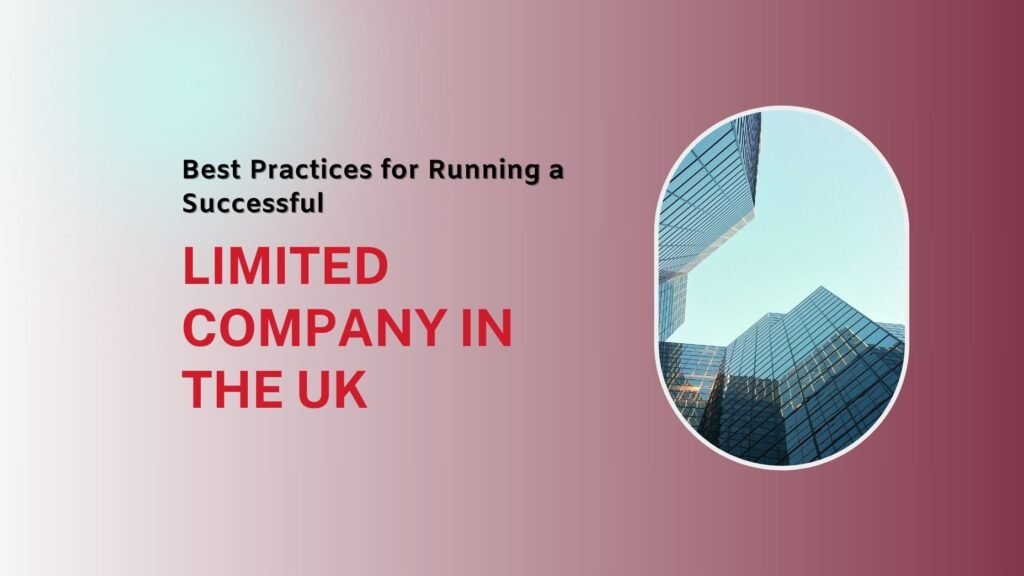Liquidating a limited company in the UK means legally closing the business and handling all debts and obligations correctly. Business owners may need to liquidate due to financial difficulties, a decision to close a solvent company, or restructuring plans. This article will explain the liquidation process step by step, helping you close your company without unnecessary stress.
What Liquidation Means for Your Business
Liquidation is a formal process where a company’s assets are sold to pay off debts. After this, any remaining funds go to shareholders, and the company is officially removed from the Companies House register. Once liquidated, a company no longer exists legally. Directors must follow legal obligations and act in the best interests of creditors. Common reasons for liquidation include financial struggles, an inability to pay debts, or a business decision to close down a solvent company.
Liquidation also brings responsibilities to directors. They must ensure all company records are up to date and cooperate with the appointed insolvency practitioner. Any attempts to move assets improperly before liquidation can lead to legal consequences. The process of liquidation follows a set legal structure to ensure fairness to creditors and compliance with UK law.
Types of Liquidation in the UK: How to Choose the Right One
There are three types of liquidation in the UK:
1. Creditors’ Voluntary Liquidation (CVL) happens when a company is insolvent and directors choose to close it voluntarily. A licensed insolvency practitioner (IP) handles the liquidation, selling of assets, and distribution of funds to creditors. The process allows directors to close the company in an orderly manner while ensuring that outstanding debts are addressed.
2. Compulsory Liquidation is when creditors force a company into liquidation through a court order. This happens when a company cannot pay its debts, and legal action is taken to recover money owed. If a company receives a winding-up petition from creditors, it must act immediately to prevent further legal complications.
3. Members’ Voluntary Liquidation (MVL) is used for solvent companies that want to close. Directors must declare that the company can pay all its debts within 12 months. This method allows assets to be distributed efficiently among shareholders and can provide tax benefits when distributing final payments.
Choosing the right method depends on the company’s financial situation. If unsure, it is best to seek advice from an insolvency practitioner.
Expert Liquidation Services
Step-by-Step Guide to Liquidating Your Limited Company
Closing a limited company requires legal and financial steps. The process depends on whether the company can pay its debts. Following the right steps ensures compliance and prevents any issues.
Step 1: Decide on the Best Liquidation Route
Check if your company can pay its debts. If not, a CVL or compulsory liquidation may be required. If the company is solvent, MVL is the best choice. Consulting an insolvency practitioner can help you decide the best course of action. Reviewing your company’s latest financial statements can help determine the appropriate liquidation route.
Step 2: Appoint a Licensed Insolvency Practitioner (IP)
A licensed IP is required by law to oversee the liquidation process. They manage asset sales, handle creditor communication, and ensure legal compliance. To find a reputable IP, check the Insolvency Practitioners Association or the government’s insolvency service.
Step 3: Notify Shareholders and Creditors
Directors must inform shareholders and creditors about the decision to liquidate. In a CVL, at least 75% of shareholders must approve the liquidation. Creditors must also be notified, as they have the right to be involved in the process. Notification must be done through formal channels such as general meetings and legal notices in The Gazette.
Step 4: Apply for Liquidation and Notify Companies House
For CVL, directors must pass a resolution and submit it to Companies House. In compulsory liquidation, creditors apply to the court for a winding-up order. In an MVL, directors submit a declaration of solvency to Companies House.
Step 5: Liquidator Sells Company Assets
The liquidator takes over the company’s assets, sells them, and uses the money to pay the creditors. Assets may include property, stock, or company’s property. The liquidator will distribute funds according to insolvency rules, prioritizing secured creditors before distributing rthe emaining funds to unsecured creditors and shareholders.
Step 6: Settling Debts and Finalizing Liquidation
Creditors are paid in a set order of priority. Secured creditors are paid first and after that unsecured creditors receive payment. If funds remain after debts are settled, they are distributed to shareholders. If there are not enough funds to pay all creditors, the remaining debt may be written off, but directors may be investigated if there are concerns about financial mismanagement.
Step 7: Company Is Removed from the Companies House Register
After all assets are sold and debts settled, the company is officially dissolved and removed from the Companies House register. At this point, it no longer exists legally. The final notice of dissolution is published in The Gazette.
What Happens to Directors After Liquidation?
If a company is liquidated, directors must work closely with the insolvency expert or Official Receiver. If directors have acted responsibly, they will not face penalties. But, if they have engaged in wrongful trading, they could be held personally liable for debts or be disqualified from being a director in the future. For more details on director responsibilities after liquidation, visit gov.uk.
Common Mistakes to Avoid When Liquidating Your Limited Company
Many directors make errors that can lead to legal trouble or financial loss. To avoid problems:
- Act early—delaying liquidation can make financial issues worse.
- Seek professional advice—insolvency laws are complex.
- Do not prioritize payments—paying some creditors before others can be illegal.
- Manage company assets properly—directors must not misuse company funds before liquidation.
Costs of Liquidation: How Much Should You Expect to Pay?
The cost of liquidation varies based on the type and complexity of the process.
- CVL: £4,000 to £7,000, depending on the size and structure of the company.
- MVL: £2,000 to £5,000, since it involves a solvent business.
- Compulsory Liquidation: Costs vary and are higher due to court involvement.
Factors affecting costs include company debts, number of creditors, and insolvency practitioner fees. In some cases, directors may claim redundancy pay, which can help cover costs.
Alternatives to Liquidation and When It Might Be a Better Option
Liquidation isn’t always the best choice, and other options may work better depending on your situation. A Company Voluntary Management (CVA) lets you restructure debts and keep trading instead of shutting down. If the business has a chance to recover, the administration offers protection while a recovery plan is put in place. For companies with no debts, dissolution (strike-off) provides a simpler and more cost-effective way to close without formal liquidation.
Final Thoughts
Liquidating a limited company is a major decision, but with the right approach, it can be managed smoothly. By choosing the right liquidation method, seeking professional advice, and understanding the process, you can close your company smoothly and avoid unnecessary complications. If you are considering liquidation in 2025, act early, follow legal requirements, and seek expert guidance to ensure the best outcome. Book a free consultation with us to get personalised advice and support during the liquidation process.





